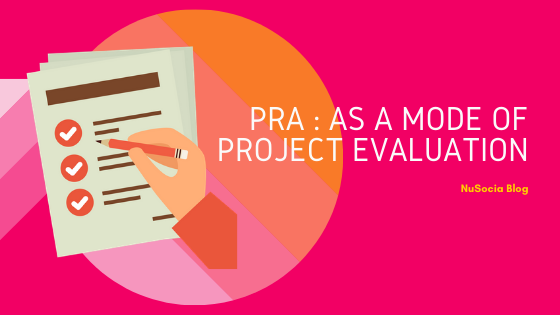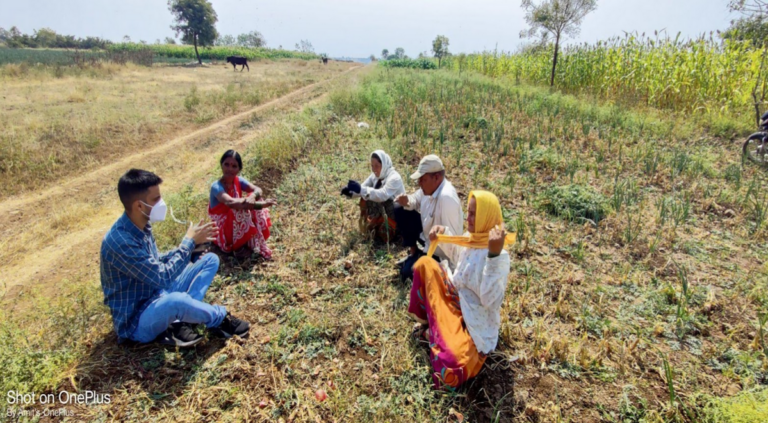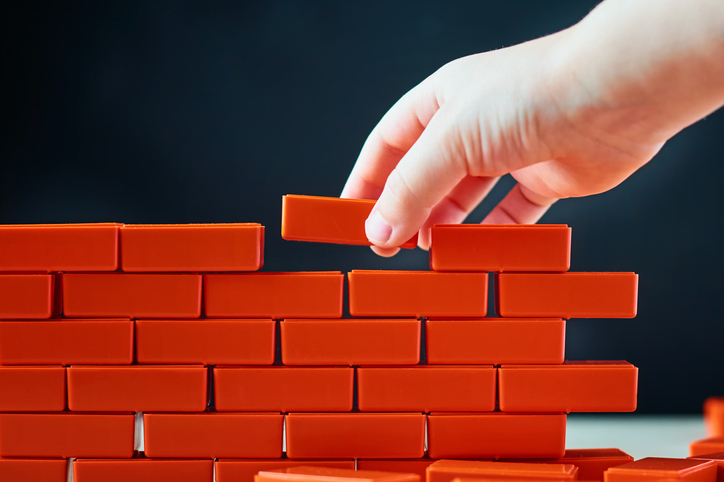Deep Joshi, the founder of PRADAN composed the following in an article “If I were to conduct a village study”-
“I know I would travel around the village … walk, walk, and walk. I would listen and talk to people, as they are, where they are. I would keep my eyes open to see; I would keep my mind open and alert so that I observe what I see; I would turn in my mind what I have observed so that I reflect upon what I observed. I would discuss with my colleagues, others around me … I would read if I can find something about my village or the region where it is located … I
would share with the inhabitants of the village what I have learnt so that they may educate me further. And in the end, if I have uncovered my own ignorance, maybe it has been a worthwhile exercise.”
Deep Joshi was just musing aloud to himself, that if we all behaved like this and thought like this when “doing an appraisal”, participatory or otherwise, the quality of our insight would improve those lives dramatically whom we are trying to help.
In the same way Participatory Rural Appraisal (PRA) recently renamed Participatory Learning for Action (PLA), is a methodological approach that is used to enable the people to analyze their own situation and to develop a common perspective on development projects and programs.
For any project or study to take place at a village level, we need to do a baseline study of that particular village to apprehend and recognise the existing status and to perceive the gaps if any in the existing livelihood, education and water, health and sanitation programs. Participatory Rural Appraisal (PRA) will also be undertaken as a part of that baseline study. It aims to involve rural people in the planning and management of development projects and programmes. The most distinguishing feature of PRA is its emphasis on participation so that the needs of the people are interpreted and evaluated without any bias. Also, PRA helps to triangulate the results for validity and reliability of the data which otherwise would have been difficult. It also has a “bottom up approach” where people themselves may give suggestions or strategies to their problems.
A large number of PRA methods are used and many more are being developed and improvised by the practitioners in the field. Broadly speaking the methods can be classified on what aspects they deal with such as space, time and relationship methods. These methods are expounded as follows:-
- Space related PRA methods- These methods are useful to understand the spatial dimension of people’s reality. The commonly used methods are social map(to show the habitation patterns),resource map(focusing on natural resources), mobility map(to showcase the mobility patterns) ,services and opportunities map(to show the availability of various services and opportunities are presented and transect map( showcasing the cross section of an area and helpful in natural resource management).
- Time related methods- These methods explore the temporal dimension of people’s realities. The commonly used time related methods include timeline (process of mapping important events, activities and other milestones),trend analysis( focusing on changes across certain landmarks),seasonal diagram(showing the changes in people’s lives across the different cycles and seasons),daily activity schedule(presents the daily routines of the people till they go to bed) and dream map(presenting the future vision and aspirations of the people).
- Relation methods- These methods help in the study of relationships between various items various aspects of the same item. Some commonly used relation methods include pair wise ranking(where problems are prioritised),cause- effect diagram( causal factors of a phenomenon),Venn diagrams( to showcase interpersonal relationships),impact diagram( to show the impact of an activity),network diagram( focuses on the contacts of an individual, household, groups with outside world),process map(shows the pictorial representation of a process), well-being ranking method( ranks and groups households on the basis of wealth and income) and livelihood analysis( examine and depict the livelihoods of individuals or groups).
Apart from these methods, the most critical part of conducting a successful PRA for a project is attitude and behaviour. In fact, in early 1990’s the focus was more on methods then it was realised that the right attitude and behaviour of the practitioners is as important as the methods to have an unbiased PRA evaluation. Some attitudes and behaviour essential for PRA include: – (Kumar Somesh, Methods for community participation,2002)
- Respecting others
- Self-critical awareness of one’s behaviour, biases and shortcomings
- Not interrupting, lecturing but being a good active listener
- Not hiding but embracing errors
- “handing over the stick” i.e., passing the responsibility and initiative on others
- “they can do it” i.e. empowering others through confidence in their abilities
- Open ended flexibility to make space for the priorities of the poor(Kumar,1996).
So, to conclude as a development practitioner or a developmentwallah it is imperative to note that PRA and PRA training should not be taken lightly and should not be rushed. Participation should not be used as a means to achieve the objective which is short lived, passive and ineffective in the long run as in the case of many a failure of top-down government run programs. Participation should be viewed as the end, to empower people to participate in their own development, more meaningfully and thus more sustainable, more active and dynamic in the long run.
Written By : Arunish Paul (Associate Consultant, NuSocia)




